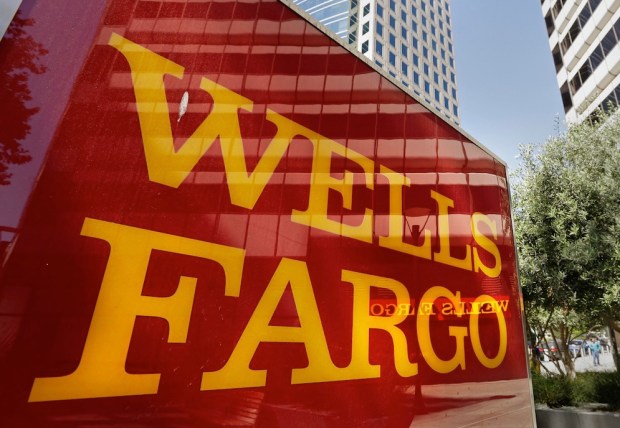Wells Fargo Regulator Admits To Missing Warning Signs

As became public knowledge late last year, Wells Fargo spent years creating fraudulent accounts for customers without their consent. While much attention has been paid to Wells’ behavior, today a new player is in the spotlight — Wells Fargo’s regulator the Office of the Comptroller of Currency — with questions about why it didn’t act sooner when complaints about the bank began to roll in.
This is a reality that the OCC itself is trying to account for — a 15-page report published on Wednesday saw the regulatory body admit that its oversight of Wells Fargo was “untimely and ineffective.” The report goes on to note that the agency failed to put together the problem — even as one of the more bold acts of consumer fraud was going on in real time.
Wells Fargo’s board had received regular notifications informing them that the “the highest level” of ethics line complaints and employee firings were related to sales integrity violations since at least the year 2005, according to the report. The OCC started seeing similar reports as of 2010 — though at the time, it elected not to follow up.
When the OCC did bring the issue of about 700 cases of whistle-blower complaints to a Wells Fargo executive in 2010, the regulator did not require the bank to provide adequate analysis of the problem. The Office of the Comptroller of the Currency recently removed its top Wells Fargo examiner, Bradley Linskens, from a position in which he led 60 regulatory supervisors.
The report also noted that the OCC had asked Branch Supervisor Carrie Tolstedt about the whistleblower cases, but she played down the issue, attributing the high volume of cases to a culture that “encourages valid complaints, which are then investigated and appropriately addressed.”
